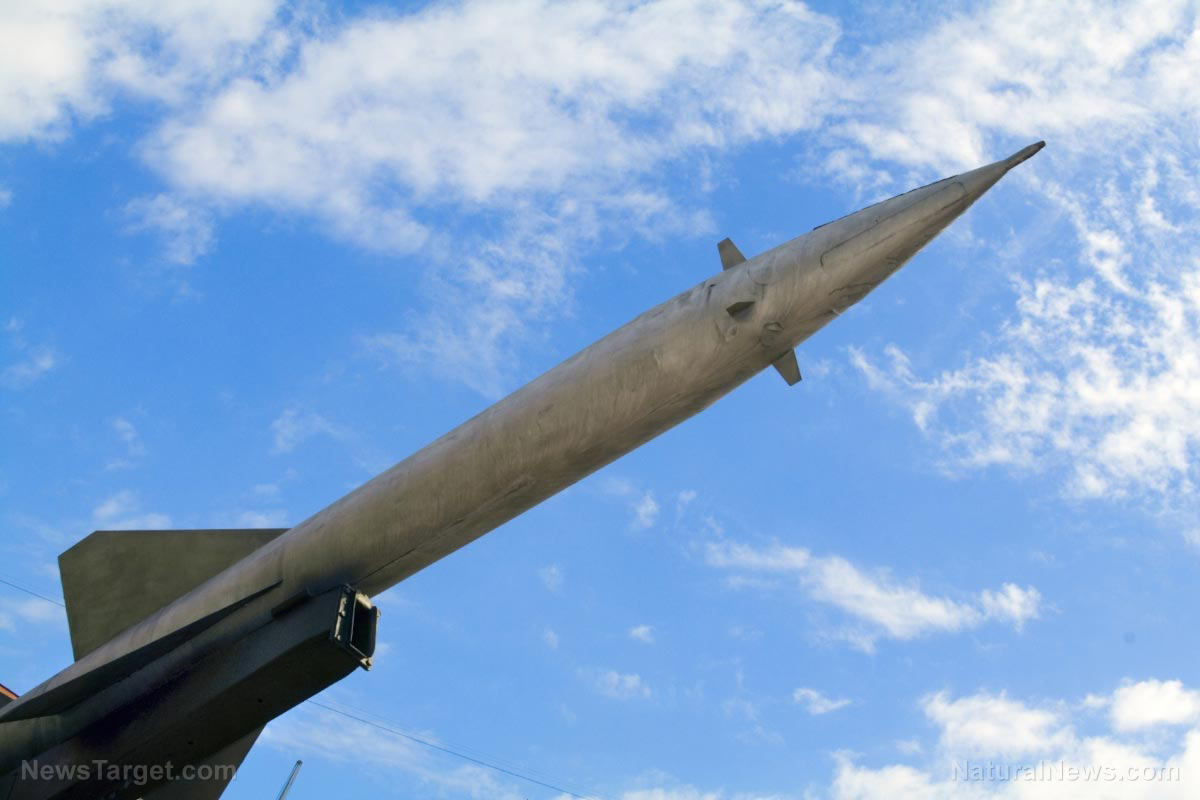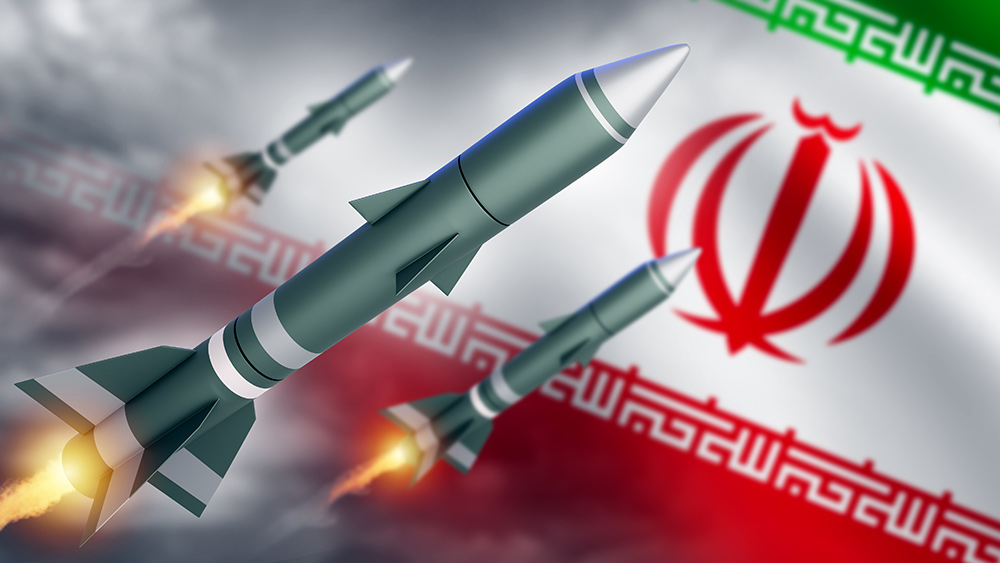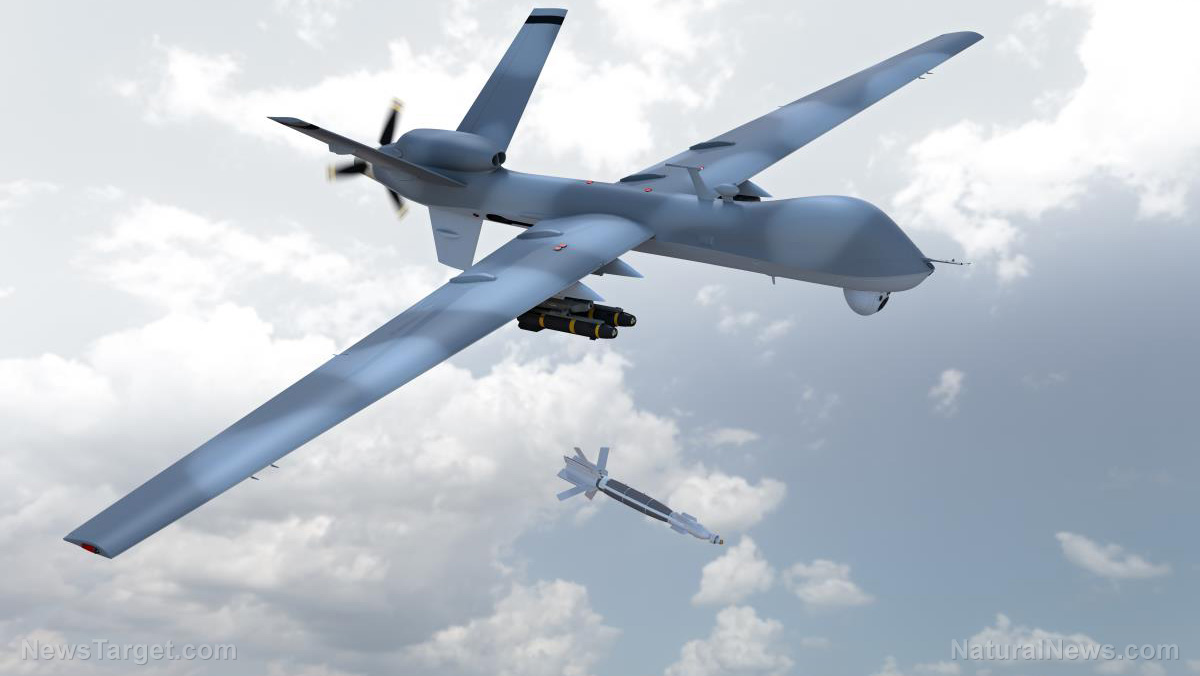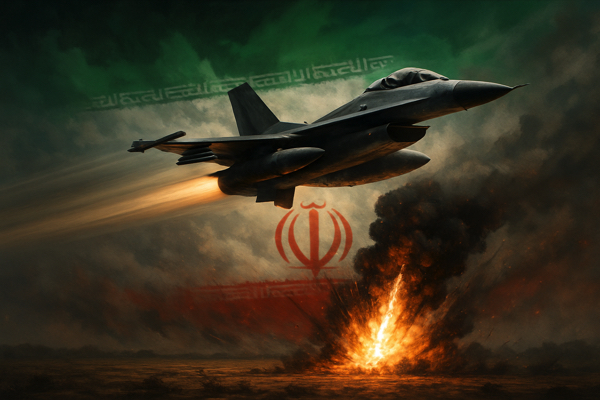Boeing defense workers strike amid financial and safety challenges, threatening U.S. military readiness
08/04/2025 / By Willow Tohi
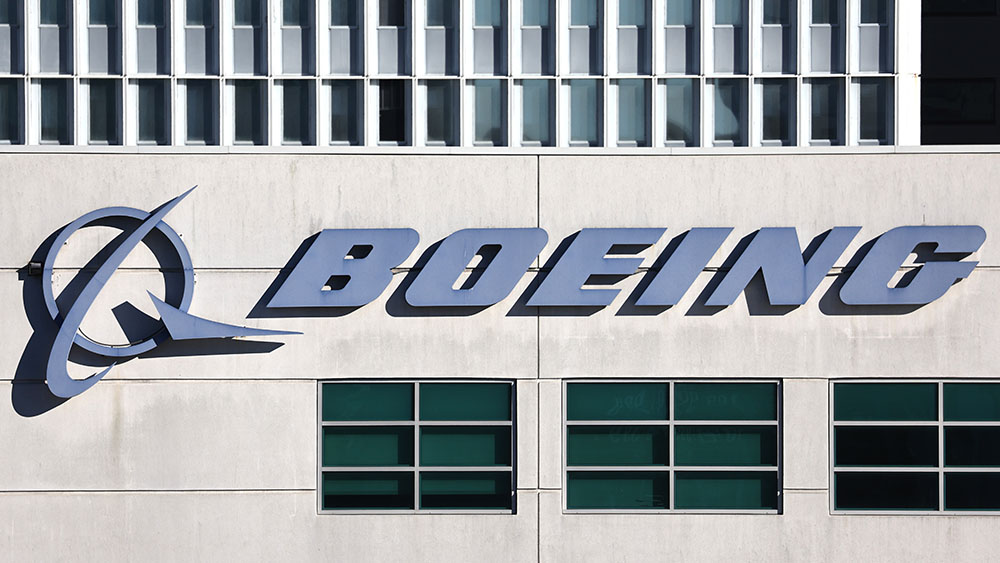
- About 3,200 Boeing defense workers in Missouri and Illinois initiate strike after rejecting a 40 percent wage offer linked to contract disputes.
- IAM argues the deal fails to address workers’ priorities, jeopardizing national security through stalled military aircraft production.
- Executives downplay economic impacts, citing contingency plans and smaller scale compared to 2024 commercial strike.
- Boeing’s struggles stem from 737 Max crashes, FAA sanctions and post-2020 financial declines.
- Military contracts, including F-15s and MQ-28 drones, face delays, raising concerns over U.S. defense readiness.
On August 4, about 3,200 unionized Boeing workers across three Midwest manufacturing facilities began a strike after rejecting a final labor agreement offering a 40 percent wage increase over four years. The machinists, members of the International Association of Machinists and Aerospace Workers (IAM) District 837, produce critical defense systems — from F-15 fighter jets to the U.S. Navy’s MQ-28 Ghostbat drone — raising alarm over potential disruptions to U.S. military supply chains. The strike follows a month of tense negotiations, including the rejection of a 20 percent wage proposal last week, and occurs amid Boeing’s prolonged recovery from safety scandals involving its commercial jets and mounting financial pressures.
Labor dispute over wages and national security priorities
The strike, spanning plants in St. Louis, St. Charles (Mo.) and Mascoutah (Ill.), stems from disagreements over wages, benefits and scheduling. Union leaders argued the latest offer, which doubled previous wage hikes, still fell short of addressing “priorities and sacrifices” faced by workers. “They build the systems that keep America safe,” said IAM’s Sam Cicinelli, stressing the need for a contract securing livelihoods and acknowledging their expertise. Workers worry benefits like pension plans and overtime pay, central to earlier disputes, remain under threat.
Boeing Air Dominance Vice President Dan Gillian countered that the offer provided “40 percent average wage growth” and ($5,000) bonuses while addressing shifts that limited overtime work — a key worker concern. The company claims having “implemented contingency plans” to maintain operations but declined to clarify whether subcontractors or non-union staff would fill gaps.
Aerospace giant’s struggles endanger defense contracts
While Boeing’s defense division, generating over one-third of its revenue, is less exposed to the financial freefall plaguing its commercial unit, management remains guarded. CEO Kelly Ortberg recently called the strike’s impact “much, much less” than the 2024 commercial worker strike, which cost $2 billion and idled 33,000 employees. Yet analysts caution delays in F-15 and MQ-28 production could strain U.S. military commitments. The Pentagon has certified Boeing as the sole provider of several defense systems, leaving limited alternatives amid the stoppage.
Boeing’s fiscal 2025 second-quarter loss narrowed to $611 million — a glimmer of hope after 2024 crashes and FAA-imposed production caps stifled commercial output. However, lingering safety concerns over the 737 Max and recent 2025 Air India Dreamliner crash (killing 260) continue to hamper public and regulatory trust, complicating recovery.
Boeing’s safety failures and debt-driven reboot
Since the 2018–19 737 Max crashes killed 346 people, Boeing has grappled with an erosion of faith from customers and regulators. A 2024 mid-flight door failure on a 737 Max prompted the FAA to restrict production until Boeing proved manufacturing quality improvements. In June 2025, an Air India Boeing 737-9 crash added more scrutiny, though causes remain under investigation.
These crises compounded the fallout from pandemic-driven demand collapses: 16,000 layoffs in 2020 highlighted the company’s fragile business model. Current strike risks further destabilizing Boeing, which is now pivoting to defense contracts to anchor its finances.
National security implications: Striking while the military waits
The strike’s timing exacerbates broader anxieties over U.S. defense preparedness. The MQ-28 — a carrier-based unmanned aircraft poised to reshape naval warfare — is slated for testing and production at the St. Louis site. Delays risk undermining Pentagon plans to counter adversaries like China and Russia, which have surged drone development.
Securing a deal, however, may prove contentious. The former IAM president of District 837, leadership voice Tom Welle, emphasized workers “will not accept empty promises,” hinting at prolonged tension.
Boeing’s path forward amid uncertainty
As strike talks remain suspended, Boeing executives and IAM representatives brace for an extended standoff. Management’s assurance of contingency plans may soothe investors but leaves unresolved questions about defense customers’ patience. For now, Washington’s military manufacturers and global allies await clarity on whether the aerospace giant can balance labor demands, safety reforms and strategic defense obligations — critical challenges for a company once synonymous with American ingenuity and power.
Sources for this article include:
Submit a correction >>
Tagged Under:
big government, Boeing, chaos, collapse, dangerous, defense contracts, F-15 fighter jets, Glitch, military, military technology, military-industrial complex, national security, resist, revolt, strike, supply chain, uprising, weapons technology
This article may contain statements that reflect the opinion of the author
RECENT NEWS & ARTICLES
COPYRIGHT © 2018 MILITARYTECHNOLOGY.NEWS
All content posted on this site is protected under Free Speech. MilitaryTechnology.news is not responsible for content written by contributing authors. The information on this site is provided for educational and entertainment purposes only. It is not intended as a substitute for professional advice of any kind. MilitaryTechnology.news assumes no responsibility for the use or misuse of this material. All trademarks, registered trademarks and service marks mentioned on this site are the property of their respective owners.

